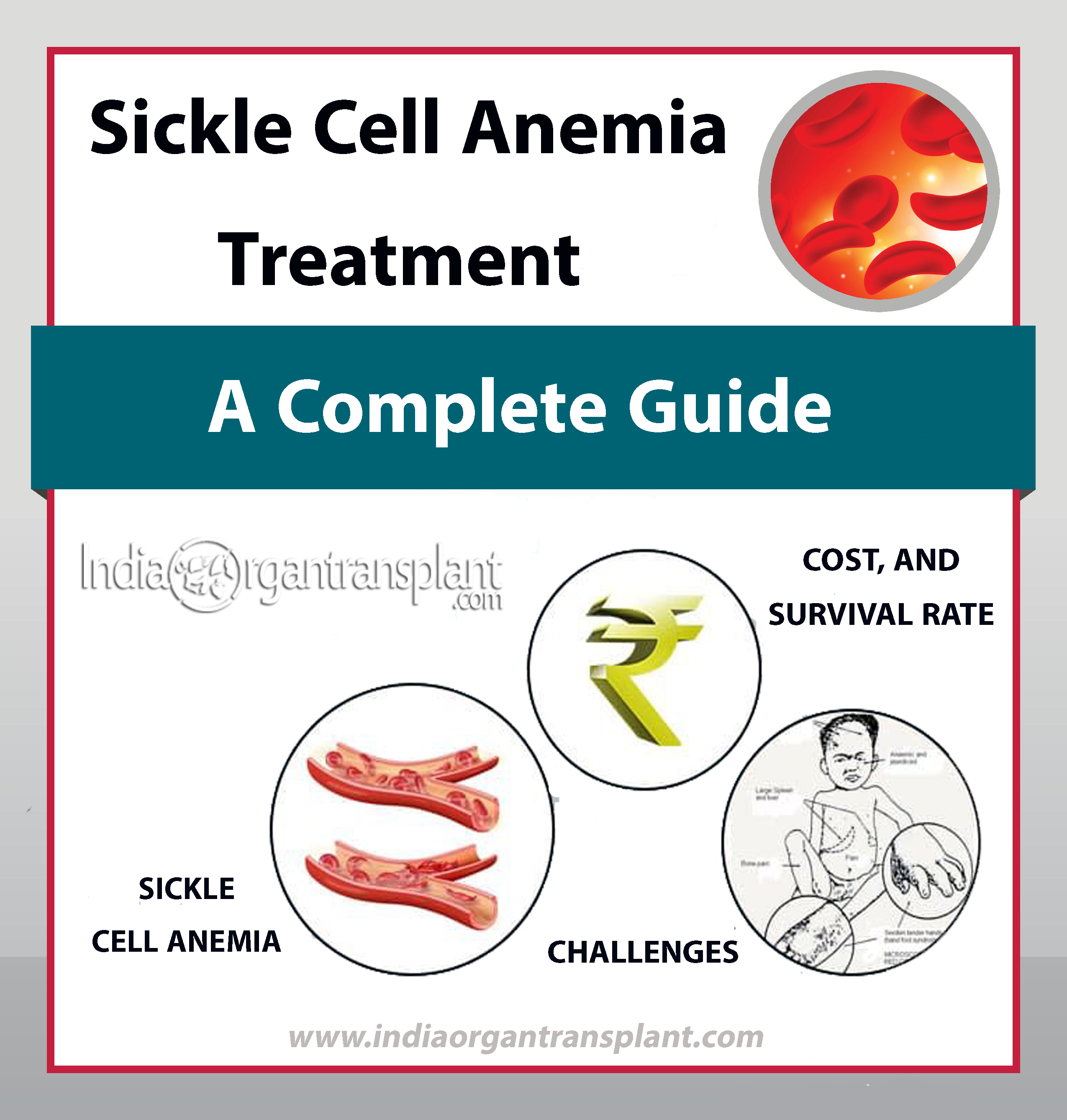
Irrespective of the enormous advances in technology, human blood remains non replicable and cannot be created in any laboratory with any technology. Blood should be continuously moving in your body as it carries nutrients and gases. The red color of the blood is primarily due to the protein hemoglobin present in the blood. It is chiefly responsible for carrying oxygen to the body organs.
What is Sickle Cell Disease?
The Sickle Cell Diseases are a group of hereditary disorders that affect the hemoglobin in the blood. The most common form is the “Sickle Cell Anemia.” It is a disease in which the normal hemoglobin (Hemoglobin A) is replaced by defective hemoglobin (Hemoglobin S).
What happens in Sickle Cell Anemia?
The human body consists of bones some of which are long bones. The middle portion of these long bones produce the Red Blood Cells (RBCs) which is a major component of blood. The normal hemoglobin consists of Red Blood Cells (RBCs) which are full round in shape and can flow freely throughout the blood vessels of the body without forming a clot. In Sickle Cell Anemia, the RBCs are morphed into a crescent shape. This shape steals away the smoothness of flow of the RBCs which acts as a facilitator in the fast movement of these RBCs. The crescent shaped RBCs get sticky, stiff and rigid. These cells usually get accumulated in the blood vessels especially the small vessels (capillaries). This causes a blockage of the capillaries. This prevents the normal flow of blood to the organs of the body. Owing to their sickled shape, these RBCs are not flexible and burst as they travel through the blood vessels, thus there is a destruction of the RBCS. The life span of these RBCs is 10 to 20 days as compared to the normal RBCs living for 90 to 120 days. This early destruction of RBCs causes anemia or deficiency in RBCs or hemoglobin in the person.
Why you should worry about Sickle Cell Anemia?
The “Sickle Shaped” of the RBCs causes loss of flexibility in movements thereby these cells get accumulated at any site and prevent the normal blood flow. This obstructs the blood flow to various organs and may cause organ damage. The sticking of RBCS at any site causes blood clotting and painful episodes at any time. The organ damage may cause organ failure. The most affected organs are spleen, kidney, lungs and brain. Anemia usually causes fatigue, shortness of breath, delayed or less growth in children and developmental complications. The other major complication is the increased blood pressure in the blood vessels especially those connected to the lungs. This condition is called “Pulmonary Hypertension”.
Treatment of Sickle Cell Anemia:
- Pain Relief Medications:Medications for acute or chronic pain management.
- Antibiotics: They are used to prevent infections and complication.
- Blood Transfusions:If the severity and the progression of the disease is at a critical level with predisposing complications such as severe anemia, stroke may makes a patient qualified for blood transfusion.
- Bone Marrow Transplant:Bone marrow is a fatty, soft tissue present inside the bones. The purpose of bone marrow is to produce blood cells. Bone marrow transplant (BMT) or stem cell treatment is a complex procedure that involves the extraction of the stem cells from the bone marrow and then those cells are filtered and then inserted back into the patient who may either be the donor of the cells or the cells may be extracted from someone else. BMT is done to replace the damaged bone marrow cells with healthy bone marrow cells.
For the patient to maintain the highest possible optimum health, regular medical care and check-up, healthy lifestyle and avoiding situations that might result in a pain crisis are necessary.
Choosing India to have your Bone Marrow Transplant
India is known across the world for is low cost yet highly affective treatment. Sickle cell treatment is provided by skilled specialists at the best hospitals. The advanced technology that can be availed in the hospitals in India is also at par with rest of the world. The surgeons in India are also known for being the one of the best in their respective medical specialty having acquired experience in complex procedures by performing said treatments in countries like France, Canada, USA, UK, Netherlands, Germany and many more. The bone marrow transplant treatment cost in India is very less when compares to that of the western countries, sometimes being just a fraction of the same procedure in other countries. The high patient satisfaction rate of the treated patients also is a testimony of the high quality of care provided.
If you are looking for trusted consultants in India
India organ transplant is the most reliable consulting firm providing free initial consultation
Get more details Call: +91-9765025331
Email: info@indiaorgantransplant.com
